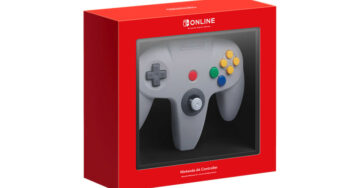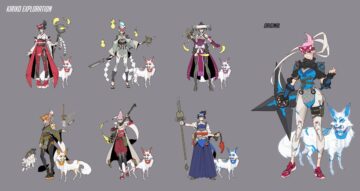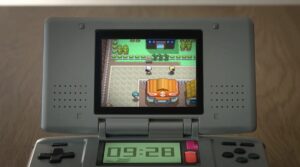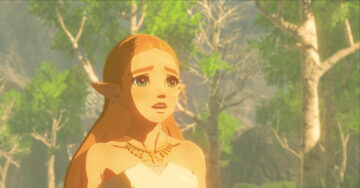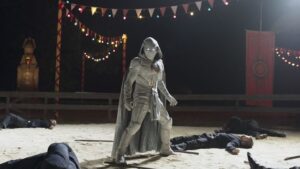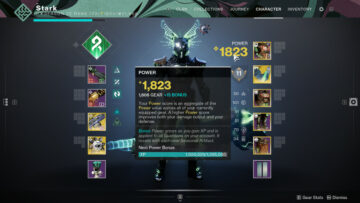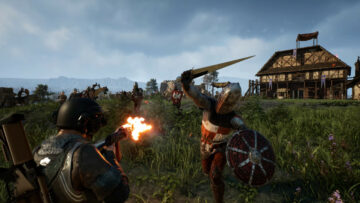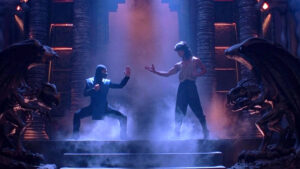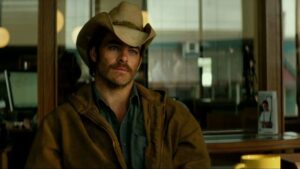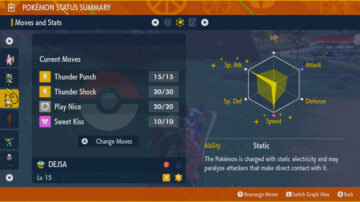In some twisted, alternate universe, Barbie and Ken are not the center of a billion dollar franchise. It’s Midge and Allan who rule toy land as the it couple. Meanwhile, in our universe, Mattel relegated the red-headed couple to the background. Midge was a safer version of Barbie, and Allan… well, he was marketed as being able to fit into Ken’s clothes. Both Midge and Allan have basically been discontinued, and neither have been seen for years. Where were they? Prepping for the new Barbie movie, it seems.
Eyes are once again on Midge and Allan after Barbie’s new trailer dropped Tuesday alongside character posters of the star-studded cast. Barbie, Barbie, Barbie, and Barbie’s bestie Midge, and Allan — the BFF of countless Kens — are both ready to step back into the spotlight. But when their character posters dropped, plenty of people asked: Who the heck are Midge and Allan? Barbie aficionados are thankfully here to school us on Barbie’s discontinued friends.
Who are the Midge and Allan Barbie dolls?
[embedded content]
Mattel introduced Midge Hadley as Barbie’s best friend in 1963, allegedly as a way to dismiss criticisms that Barbie was too sexy, according to Barbie experts. They made her a little more “mature”-looking than Barbie. The only real difference was her head; she had bangs and a red bob with big blue eyes and a rounder face, whereas Barbie’s eyes looked more sultry, adorned with makeup. Midge, Barbie, and Ken spent all their time together. Is Midge a third wheel, or is the relationship a threesome? Who can tell?
Allan was introduced and designated as Midge’s boyfriend in 1964, wearing the bright-striped shirt that Michael Cera wears in the Barbie trailer. His big marketing message was that he could fit into Ken’s clothes, just like how Midge could wear Barbie’s clothes. Of course, Allan’s introduction also meant that Barbie and Ken could double-date with Midge and Allan.
Midge and Allan didn’t stay on sale for long; Mattel stopped producing them in their original versions after 1965. Midge did return in 1988 with a new cool, beachy look. She went on to have a pretty decent run throughout the ’90s: She got married; went camping, rollerblading, and surfing; and then got pregnant and had a baby. Allan had a similar trajectory, though he had much fewer models leading into fatherhood. The family planning era was definitely when things got weird for Midge.
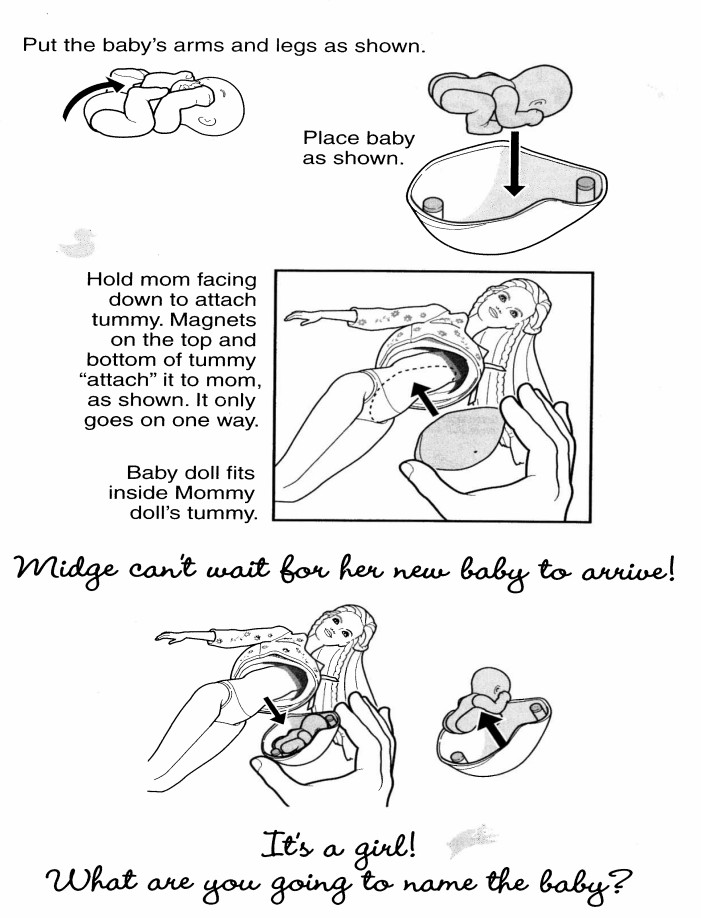
In 2002, Mattel released a version of Midge who is pregnant. Her pregnant belly can be opened, and inside it, you’ll find a baby all curled up — effectively letting a child give Midge a Cesarean section. It’s Midge’s second kid, as evidenced from the back of the box. Walmart didn’t like this, despite Mattel’s claim that it could be a teaching tool for families. Critics thought it promoted teen pregnancy, so Walmart pulled Midge from the shelves until Mattel made a version where she’d already had the baby — and no longer appeared to be pregnant.
Other retailers kept selling Midge dolls, alongside an Allan doll with a stroller. That was basically the end of the road for Allan; he essentially got wiped from Barbie lore after that, at least until the Barbie movie. Midge disappeared after the pregnancy and re-emerged in 2012 on the Barbie: Life in the Dreamhouse animated show, with a few dolls to go along with it. And in that world, Midge’s kids don’t exist — and neither does Allan. Awkward!
[embedded content]
The Midge from Barbie is clearly the pregnant Midge, in a nod to the doll’s controversial past design. Allan’s dressed in his original 1964 outfit, while Midge is sporting a pregnant belly and her iconic purple flower dress. Of course, we don’t know much about Midge and Allan’s roles in the Barbie film, except that they’re played by Emerald Fennell (The Crown) and Michael Cera (Arrested Development), respectively.
- SEO Powered Content & PR Distribution. Get Amplified Today.
- Platoblockchain. Web3 Metaverse Intelligence. Knowledge Amplified. Access Here.
- Source: https://www.polygon.com/23671465/barbie-movie-allan-doll-midge-discontinued-friends
- a
- About
- All
- allegedly
- alongside
- animated
- Archive
- ARE
- as
- At
- Baby
- background
- BE
- BEST
- BIG
- Billion
- Blue
- Box
- by
- camping
- CAN
- Center
- child
- claim
- clearly
- content
- could
- Couple
- course
- critics
- definitely
- Design
- designated
- despite
- DID
- difference
- Dollar
- dropped
- embedded
- Emerald
- era
- Essentially
- eyes
- Face
- families
- family
- Film
- fit
- flower
- For
- Franchise
- friend
- Friends
- from
- Gaming
- Have
- head
- here
- How
- How To
- HTML
- http
- HTTPS
- in
- INSIDE
- introduced
- introduction
- Is
- IT
- kids
- Land
- leading
- Life
- like
- Little
- Long
- longer
- Look
- looked
- makeup
- Marketing
- Meanwhile
- Message
- Michael
- models
- more
- movie
- New
- of
- on
- original
- page
- Past
- People
- planning
- plato
- plato data intelligence
- platodata
- platogaming
- Plenty
- Polygon
- pregnancy
- prepping
- pretty
- Ready
- Real
- red
- relationship
- released
- remove
- retailers
- return
- road
- roles
- Rule
- Run
- safer
- sale
- School
- section
- seems
- selling
- show
- similar
- So
- some
- sporting
- Spotlight
- stay
- step
- Teaching
- teen
- that
- The
- their
- Them
- things
- third
- Throughout
- time
- to
- together
- tool
- toy
- trailer
- universe
- up
- us
- version
- versions
- virginia
- Walmart
- way
- well
- Wheel
- while
- WHO
- with
- WordPress
- world
- years
- youtube
- zephyrnet

